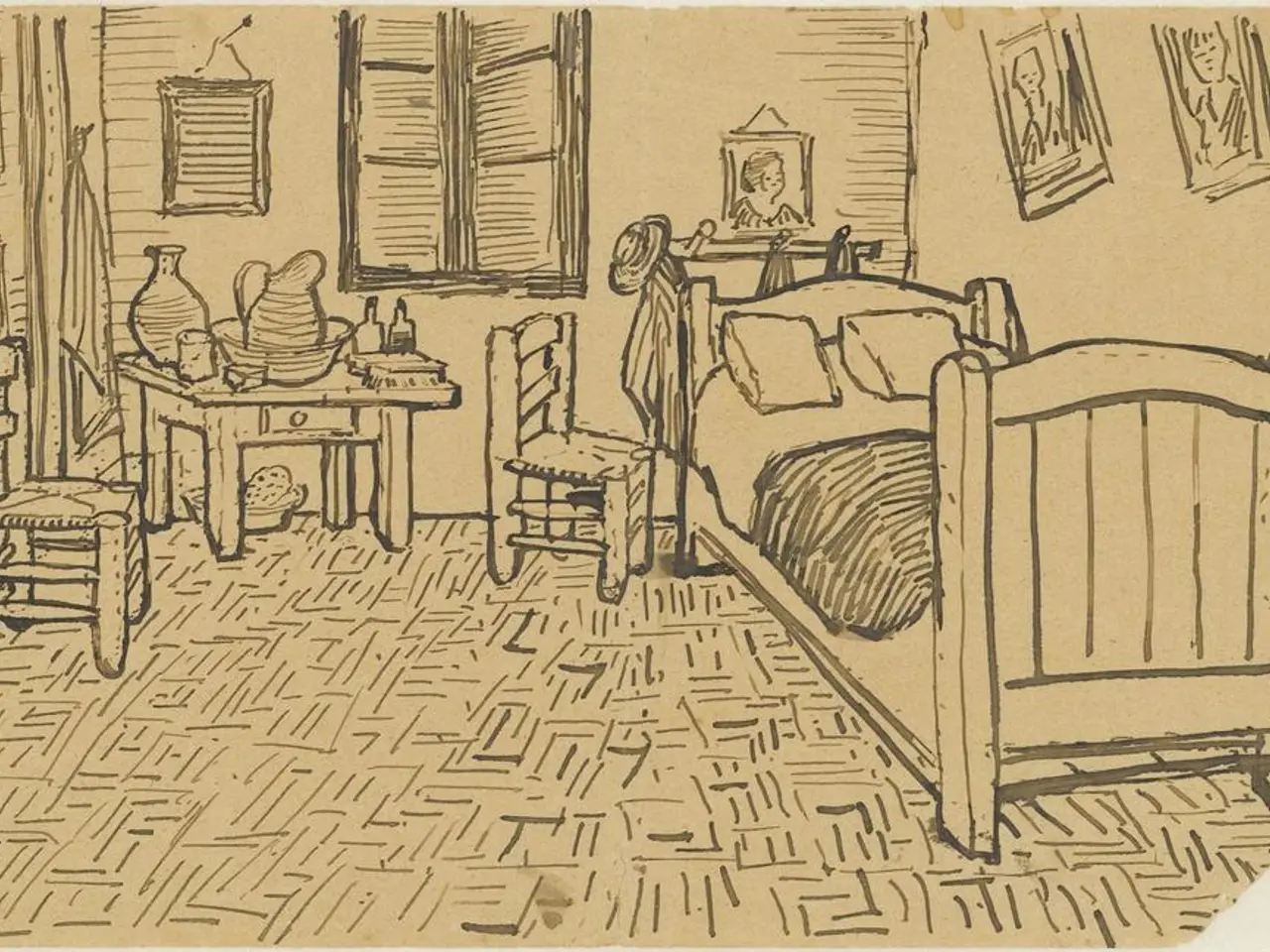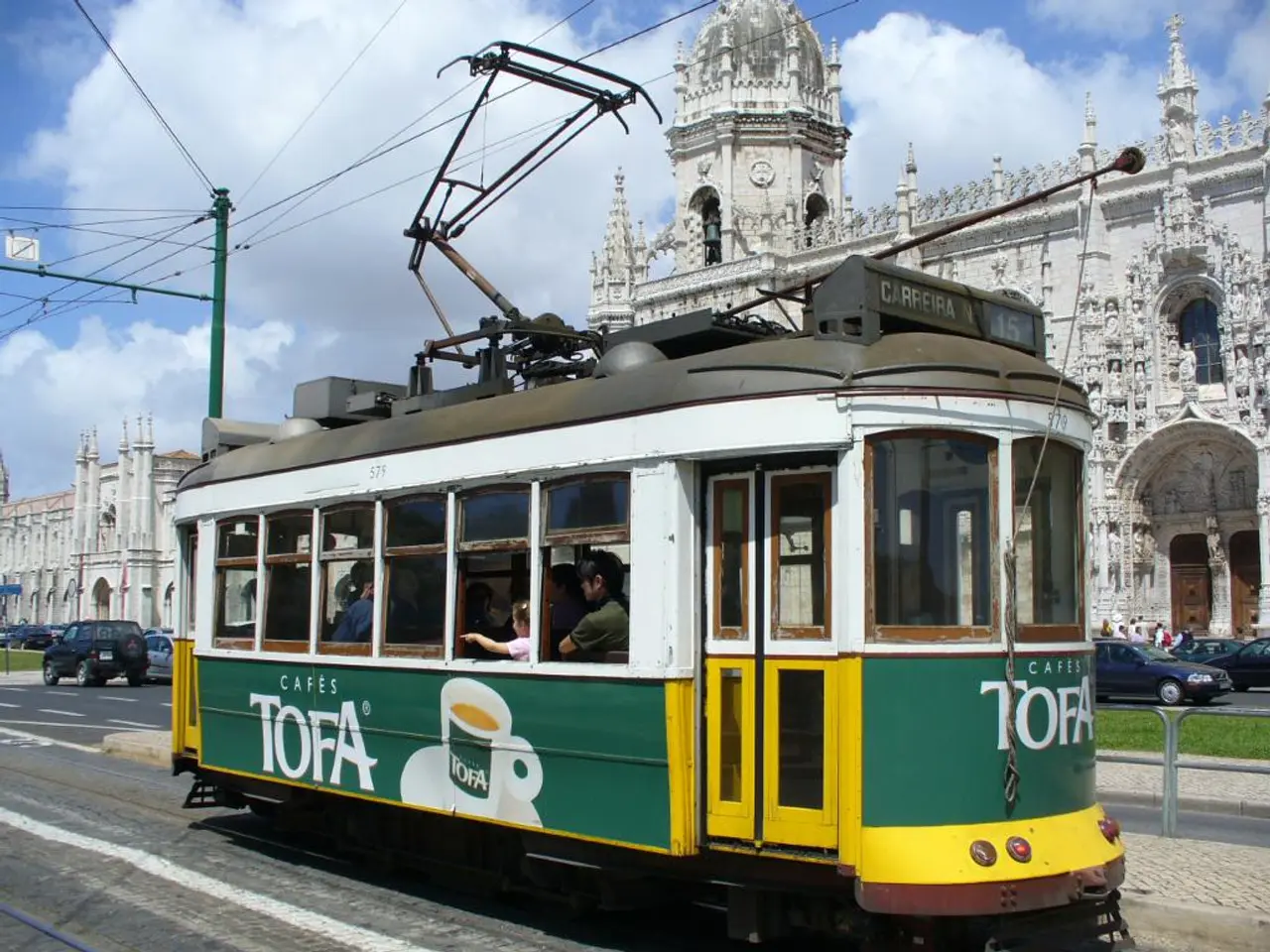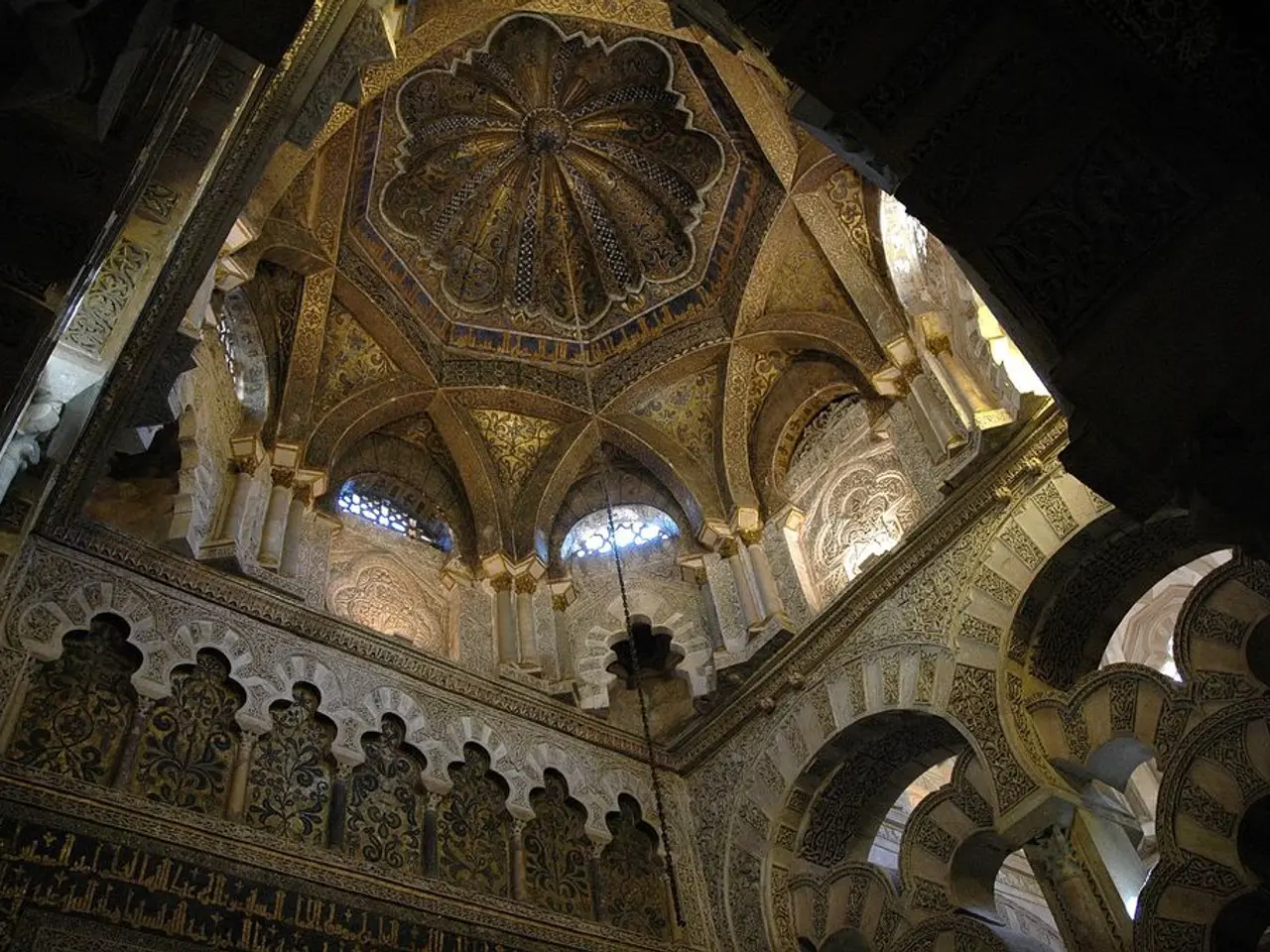Current Discussions Surrounding Minimalist Trends in Lifestyle Choices
In the ever-evolving world we live in, minimalist living has emerged as more than just a trend, but a way of life with significant benefits. This article aims to shed light on the prominent trends within the minimalist community and how they provide insights into our current societal focus.
The practitioner, deeply involved in minimalist living and teaching its principles, emphasises that minimalist living is accessible to individuals with various personal styles and aesthetic preferences. The minimalist movement is experiencing trends and evolutions in its philosophy, with a shift towards flexibility, sustainability, and natural integration.
One key trend is the emergence of flexible, multi-use spaces in minimalist homes. Rooms are designed for multiple purposes, such as yoga, reading, guest accommodation, or art, facilitated by modular furniture and retractable walls. This adaptability supports evolving lifestyles while maintaining visual calm and elegance.
Another trend is the incorporation of sustainability as a core value. Homes prioritise sustainability without compromising aesthetics, blending clean design with environmental responsibility. Solar panels, smart water systems, thermal materials, and eco-friendly finishes are now standard features.
Biophilic minimalism, a style that merges minimalist design with nature, is also on the rise. This trend promotes well-being and mindfulness through abundant greenery, organic textures, and natural light. It combines influences from Scandinavian and Japanese minimalism and ancient architectural principles.
Calming, curated colour palettes are also prevalent in minimalist interiors. Whites, grays, beiges, soft charcoals, and occasional muted natural tones like greens or terracotta are used to evoke emotional calm and clarity.
The integration of technology and design is another trend, with smart home systems and layered, mood-enhancing lighting seamlessly blended with minimalist architecture to create luxury, clutter-free lifestyles.
These trends reflect broader societal shifts towards sustainability and conscious consumption, wellness and mental health awareness, flexibility amid changing lifestyles, and personalisation within simplicity. The demand for adaptable living spaces mirrors societal changes such as remote work, multi-functional home use, and the value placed on experiences over possessions.
In summary, minimalist living in 2025 is less about stark austerity and more about elegant simplicity, sustainability, and adaptable, wellness-centered environments. It mirrors wider social movements toward eco-awareness, mental well-being, and flexible lifestyles.
The author's perspective on minimalist trends extends beyond just style, viewing them as a reflection of our societal values and aspirations. By examining these trends, we can gain a deeper understanding of our culture and the direction it is heading.
- The practitioner advocates that minimalist living, with its adaptability, is suitable for individuals of diverse personal styles and aesthetic preferences.
- Flexible, multi-use spaces in minimalist homes, designed for various activities like yoga or reading, are a significant trend, promoting visual calm and elegance.
- Sustainability is increasingly valued in minimalist homes, with clean design, solar panels, smart water systems, thermal materials, and eco-friendly finishes becoming standard features.
- Biophilic minimalism, blending minimalist design with nature, has risen in popularity, promoting well-being and mindfulness through abundant greenery and natural light.
- Calming, curated color palettes, consisting of whites, grays, beiges, and soft charcoals, are prevalent in minimalist interiors, evoking emotional calm and clarity.
- The integration of technology and design is a notable trend, with smart home systems and layered, mood-enhancing lighting creating luxury, clutter-free lifestyles while blending seamlessly with minimalist architecture.




